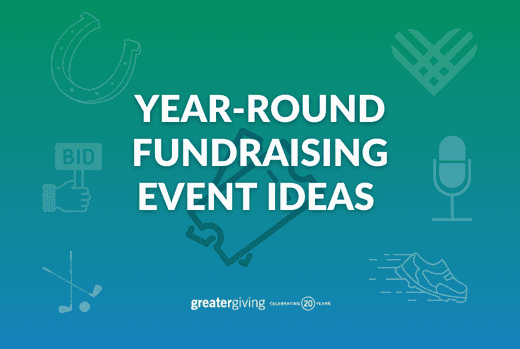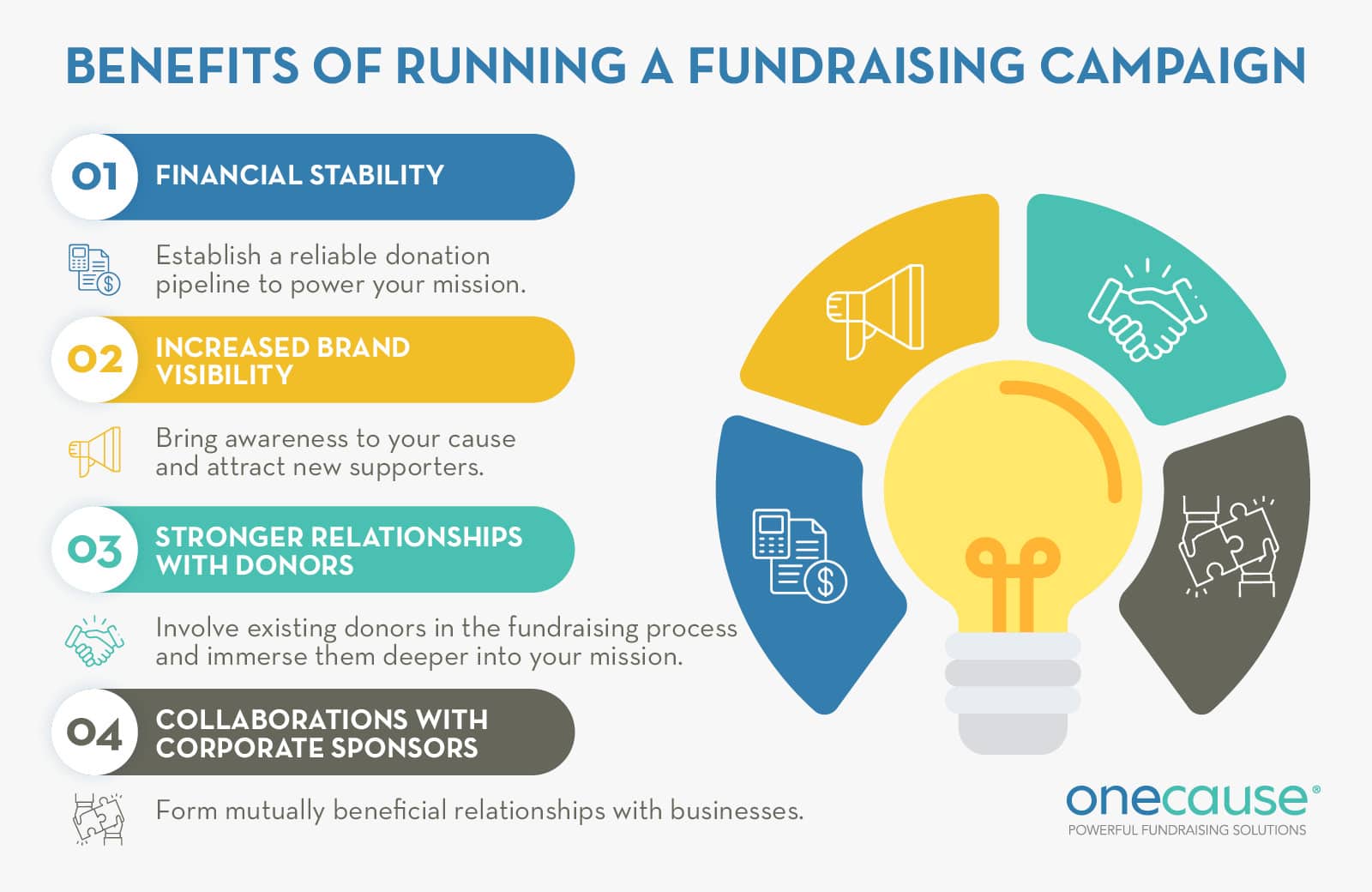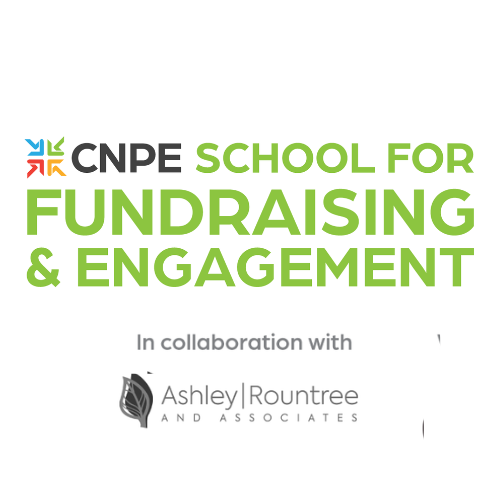Nonprofit Marketing: Exactly How to Construct a Powerful Brand Name and Rise Assistance
Nonprofit Marketing: Exactly How to Construct a Powerful Brand Name and Rise Assistance
Blog Article
The Duty of Community Engagement in Nonprofit Fundraising: Structure Lasting Relationships for Lasting Support
Area interaction is significantly identified as an essential component of effective nonprofit fundraising. By fostering authentic relationships with neighborhood stakeholders, companies can cultivate depend on and loyalty, which are vital for sustainable support. Nonetheless, the techniques and methods employed to involve communities differ extensively, raising vital questions concerning efficiency and impact. What are the most effective methods for growing these necessary connections, and just how can nonprofits measure their success in this sector? Understanding these dynamics might significantly influence the future of fundraising initiatives and the overall objective of not-for-profit companies.
Understanding Community Involvement
Area engagement is an essential part of effective nonprofit fundraising initiatives. Nonprofits should identify key stakeholders-- such as area members, local organizations, and other companies-- to develop efficient interaction techniques.
Effective neighborhood engagement is based on active listening and responsiveness to the demands and interests of the area. This procedure involves obtaining feedback, understanding community characteristics, and guaranteeing that the company's mission straightens with local top priorities. Involving the neighborhood can take various kinds, including public meetings, volunteer possibilities, and collaboration initiatives, each designed to urge participation and investment in the company's objectives.
In addition, community involvement must be come close to as a recurring dialogue instead than an one-time initiative. By fostering a comprehensive atmosphere where area voices are listened to and valued, nonprofits can construct a solid foundation for future fundraising ventures. Inevitably, a deep understanding of community interaction encourages organizations to produce genuine links that enhance their general performance and sustainability.
Advantages of Solid Relationships
Strong connections created with area involvement return numerous advantages for not-for-profit fundraising efforts. Firstly, these relationships foster count on and reputation, important parts in motivating benefactors to contribute. When potential advocates see a not-for-profit proactively associated with their neighborhood, they are more probable to believe in its objective and influence.

In addition, these connections help with reliable communication. Nonprofits can leverage their links to share stories of influence, updates, and needs, making sure that advocates stay educated and engaged. This open line of interaction not just strengthens bonds yet likewise urges word-of-mouth promotion, increasing the nonprofit's reach.
Last but not least, strong area ties can attract brand-new companions and sponsors. People and organizations are much more inclined to line up with organizations that show meaningful neighborhood involvement, giving added sources and assistance that can significantly enhance fundraising abilities. Therefore, growing robust relationships with area involvement is essential to a not-for-profit's lasting fundraising success.
Approaches for Reliable Engagement
Just how can nonprofits effectively engage their communities to improve fundraising efforts? Establishing targeted methods is necessary for cultivating purposeful links. First, leveraging social media systems enables organizations to share their mission dynamically and interactively, reaching a broader target market. Normal updates, engaging content, and calls-to-action can galvanize community passion and participation.
2nd, organizing neighborhood occasions, such as workshops, volunteer opportunities, or fundraising drives, facilitates face-to-face interaction, allowing nonprofits to display their influence and efforts. These occasions not only raise funds but also grow partnerships and enable area participants to involve straight with the cause.
Third, implementing tailored communication approaches can boost interaction. Tailoring messages to details benefactor sections based on interests and previous payments fosters a feeling of belonging and financial investment in the organization's mission.
Last but not least, developing partnerships with local organizations and neighborhood leaders can enhance outreach efforts. Joint efforts can enhance visibility and reputation, showing a collective commitment to the area's well-being. By integrating these methods, nonprofits can build long-term relationships that improve fundraising initiatives and drive sustainable assistance.
Gauging Involvement Success
While involving the community is critical for successful not-for-profit fundraising, measuring the efficiency of these involvement efforts is just as vital. Developing clear metrics enables companies to assess exactly how well they are getting in touch with their target market and attaining their fundraising objectives. Trick efficiency indications (KPIs) such as benefactor retention rates, volunteer engagement degrees, and involvement on social networks platforms offer concrete data for examination.

Routinely analyzing these metrics allows companies to pivot their approaches when required, ensuring that area interaction continues to be lined up with their overall objective. Moreover, sharing these outcomes with stakeholders promotes openness and constructs trust fund, motivating more neighborhood participation. Ultimately, a robust dimension framework not just informs future fundraising efforts yet likewise strengthens the partnership between the not-for-profit and its fans, preparing for lasting success.
Case Research Studies in Neighborhood Impact
Numerous study highlight the extensive influence that neighborhood engagement can carry nonprofit fundraising success. One notable instance is read what he said the "Food for Thought" campaign, where a regional food bank partnered with businesses and institutions to host community dinners. These events not just elevated funds but likewise cultivated a sense of belonging amongst participants, dramatically increasing contributor retention prices.
Another compelling situation is the "Eco-friendly Spaces Task," which click for info involved local residents in the revitalization of metropolitan parks. This campaign not only gathered financial backing from neighborhood companies yet also grew a volunteer base that added to ongoing upkeep and programs. The sense of ownership and pride among community members translated into continual payments.
In the realm of arts, the "Art for All" campaign effectively engaged local musicians and patrons to create collaborative art installations, bring about raised presence and contributions for a local arts nonprofit.
These instances highlight that when nonprofits focus on neighborhood involvement, they can create lasting partnerships that boost fundraising initiatives, guaranteeing sustainable support and cultivating a dynamic neighborhood society. Such situations demonstrate that neighborhood interaction is not simply a method but an important column of not-for-profit success.
Conclusion
In conclusion, area engagement is important to the success of not-for-profit fundraising efforts. Eventually, a durable foundation of community assistance not only enhances fundraising potential however likewise cultivates a society of collaboration, necessary for achieving long-lasting business objectives and maintaining purposeful impact. fundraising consultant.
Nonprofits must recognize key stakeholders-- such as community participants, regional businesses, and various other companies-- to develop reliable involvement approaches.

In conclusion, community interaction is important to the success of nonprofit fundraising initiatives.
Report this page